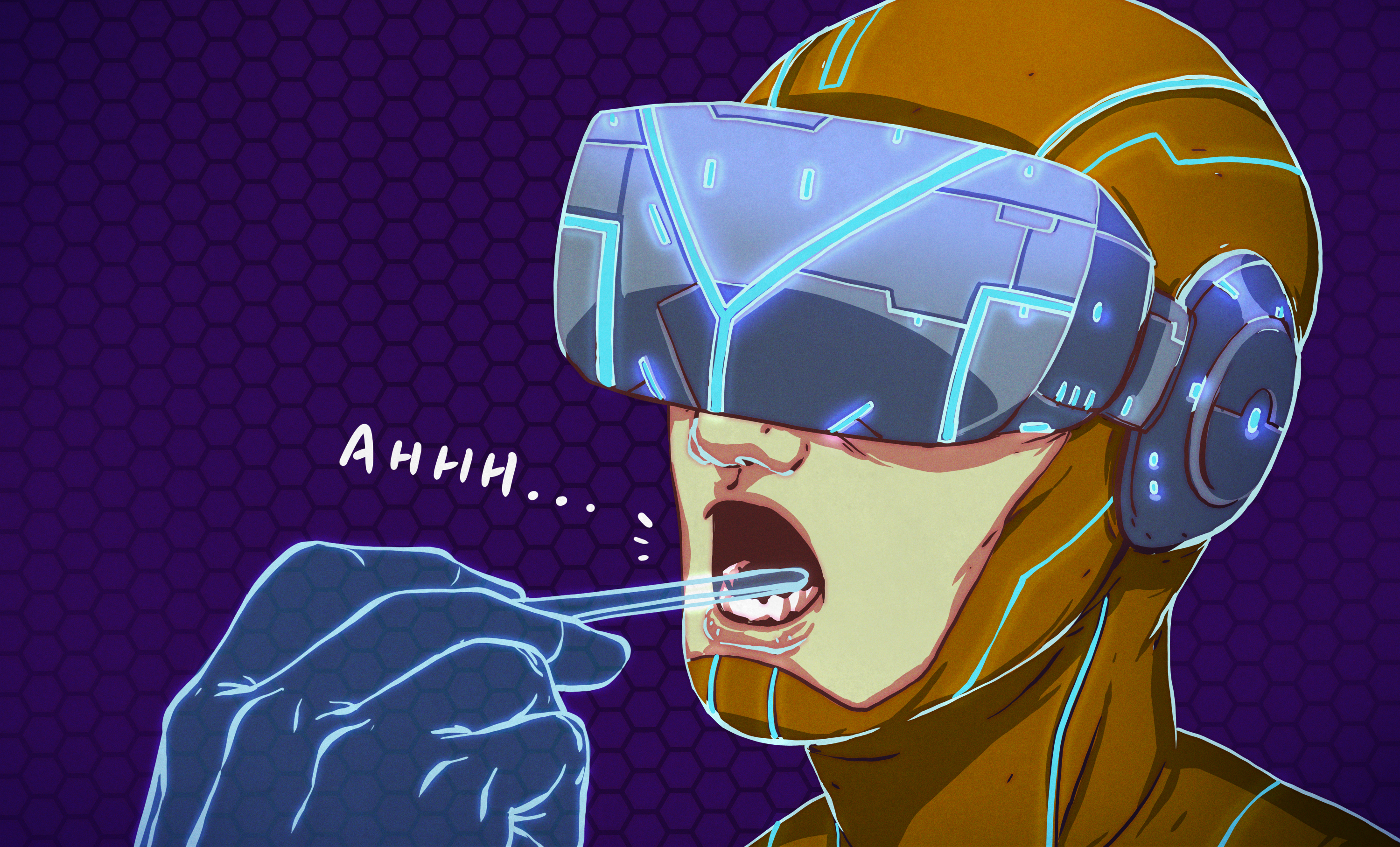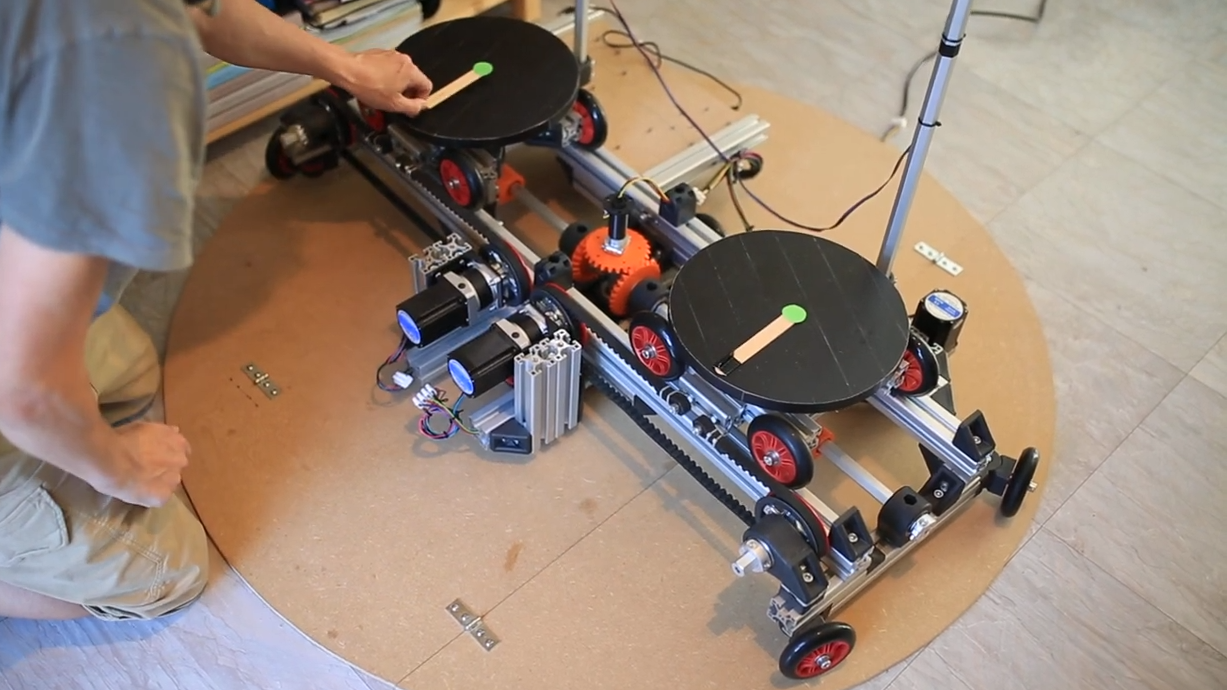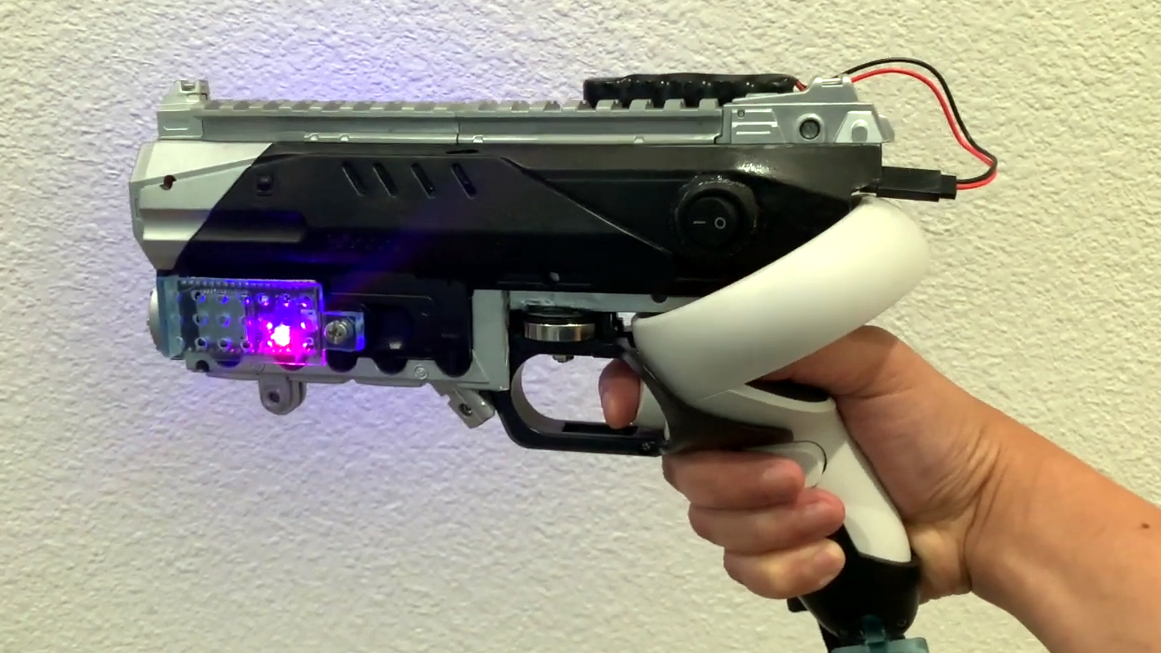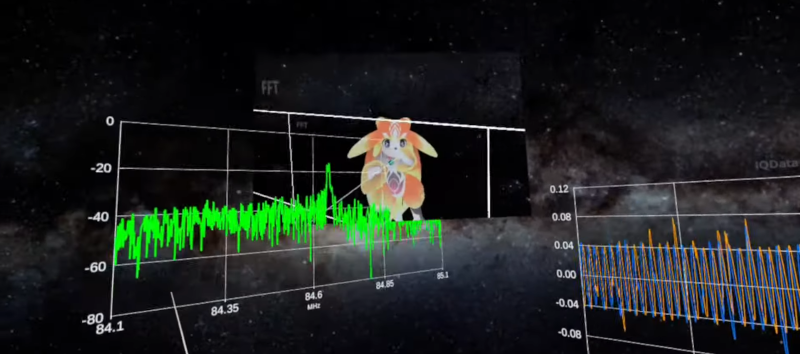#vr
One person like that
"I'm there, but the really trippy part was realizing that some of the furniture was actually real in the room but I couldn't tell the difference. I thought everything I was seeing was a simulation until my hands brushed up against something physical and I realized at this moment in time, I legitimately do not know what is real around me and what isn't. I can't distinguish the two. I've obviously been around real objects all my life, just like we all have been, and I've spent tens of thousands of hours in VR, but I have never truly gotten the two mixed up until now."
The most advanced VR headset has me questioning reality
3 Likes
1 Shares
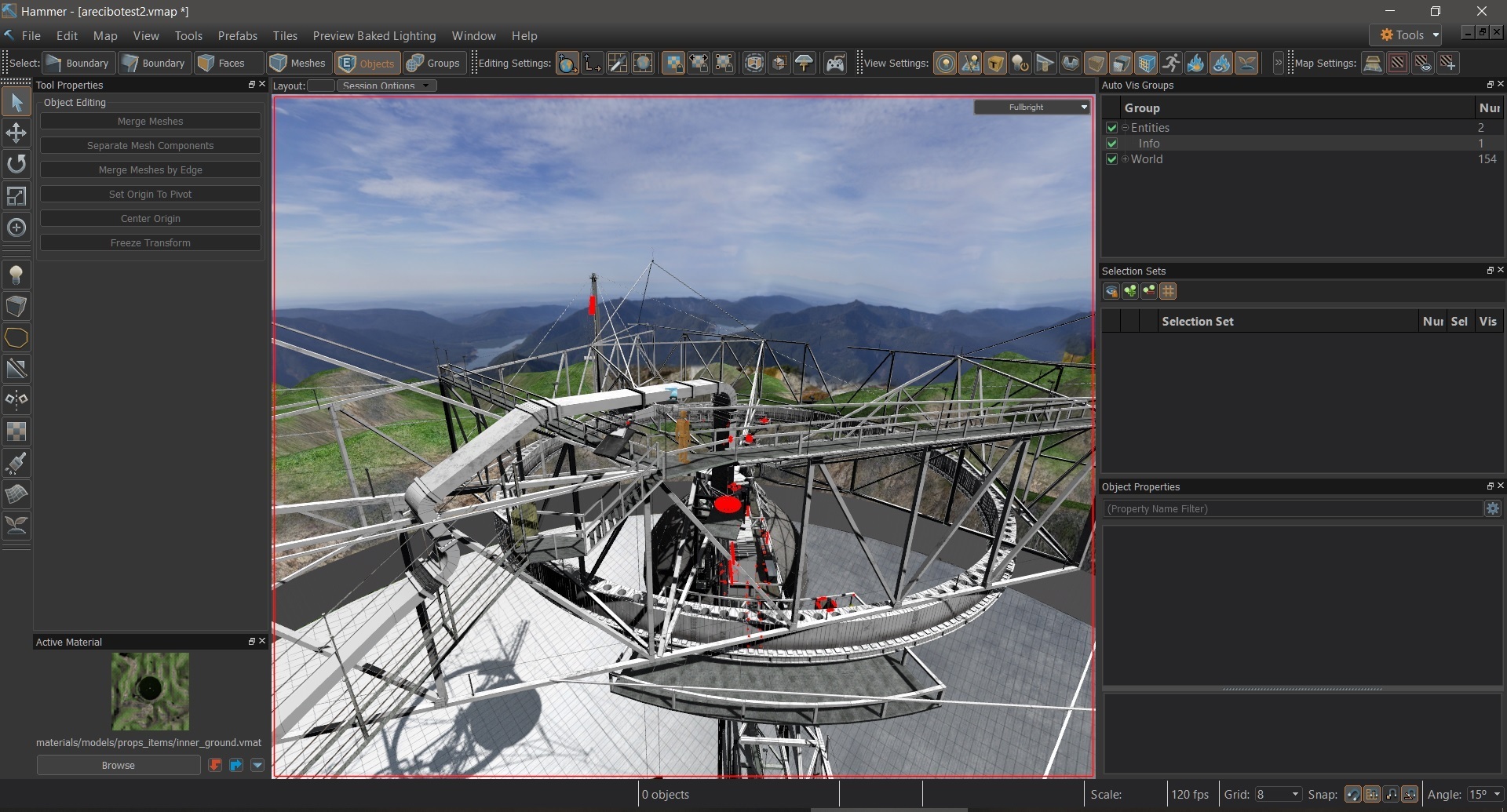
My new project : importing Arecibo into Steam #VR. I demonstrated the model using Blender's own VR capability at the institute's open day, but Steam's engine is, unsurprisingly, vastly more powerful. Whereas it stutters and jumps in Blender, Steam maintains a level 120 fps. It also sets up a nice default teleport navigation system, you can see the controllers, it can be interactive in real time, and Steam VR can be done wirelessly. It's all-round just incomparably better.
So far I've demonstrated proof of concept. I wrote some small scripts to have #Blender export the file as an FBX that Steam can read so I don't have to remake all the materials and I've got the scaling about right. Lots of meshes still have minor ugly artifacts and I'll probably re-bake a lot of materials, and there's a lot about Steam Workshop I still need to figure out. But I'm very happy to get it imported at all : to be able to wander around a virtual Arecibo, however imperfect, is something I've wanted for bloody ages.
The long-term goal is to make this a Steam VR home environment that anyone (with a headset) can download, with lots of explanatory information panels and audio content. A long ways to go before that happens, but it's definitely achievable.
7 Likes
2 Comments
1 Shares
Conjoined twins with fused brains separated. 7 surgeries, over 100 medical staff involved, 33 hours of operations time in Rio de Janiero. Twins were 3-year-olds Bernardo and Arthur Lima. Another twist in this story is that the medical staff practiced the operation in virtual reality for 6 months before the operations. No only that but the VR wasn't done in one place -- it was done over the internet between Brazil and the UK.
Conjoined twins separated with the help of virtual reality - BBC News
#solidstatelife #vr #conjoinedtwins #surgery
Conjoined twins with fused brains separated. 7 surgeries, over 100 medical staff involved, 33 hours of operations time in Rio de Janiero. Twins were 3-year-olds Bernardo and Arthur Lima. Another twist in this story is that the medical staff practiced the operation in virtual reality for 6 months before the operations. No only that but the VR wasn't done in one place -- it was done over the internet between Brazil and the UK.
Conjoined twins separated with the help of virtual reality - BBC News
#solidstatelife #vr #conjoinedtwins #surgery
1 Comments
1 Shares
6 Likes
1 Shares
One person like that
1 Shares
https://store.steampowered.com/app/1781750/Fly_Dangerous/ released today as early access. It’s free, fast, opensource and has 3DoF. The flight model is inspired by games like #EliteDangerous (Newtonian flight model). Oh and it has #VR. #FlyDangerous o7
#elitedangerous #flydangerous #vr
Originally posted at: https://beko.famkos.net/2022/05/24/fly-dangerous-released/
One person like that
1 Shares
One person like that
I still hate Facebook and I still want this to exist.
https://www.reddit.com/r/OculusQuest/comments/uo1v81/meta_project_cambria_mixed_reality_headset/
1 Comments
Can You Help NASA Build A Mars Sim in VR?
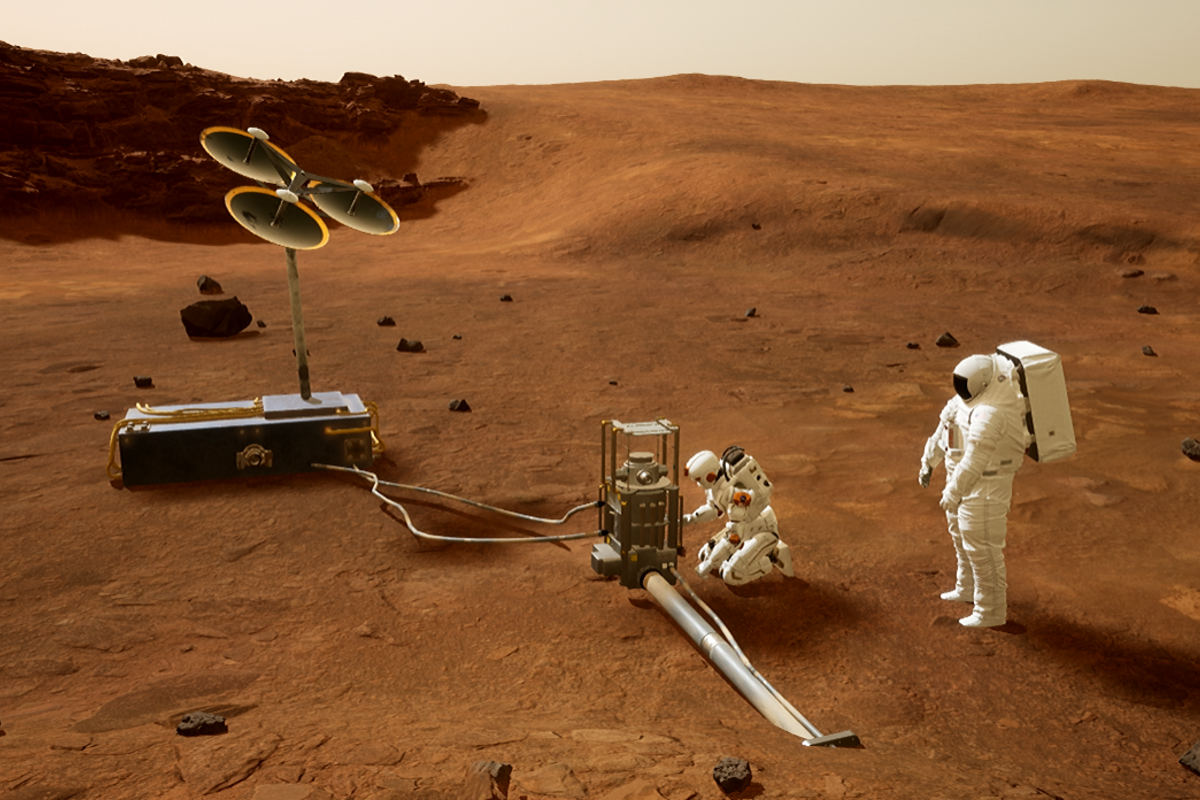
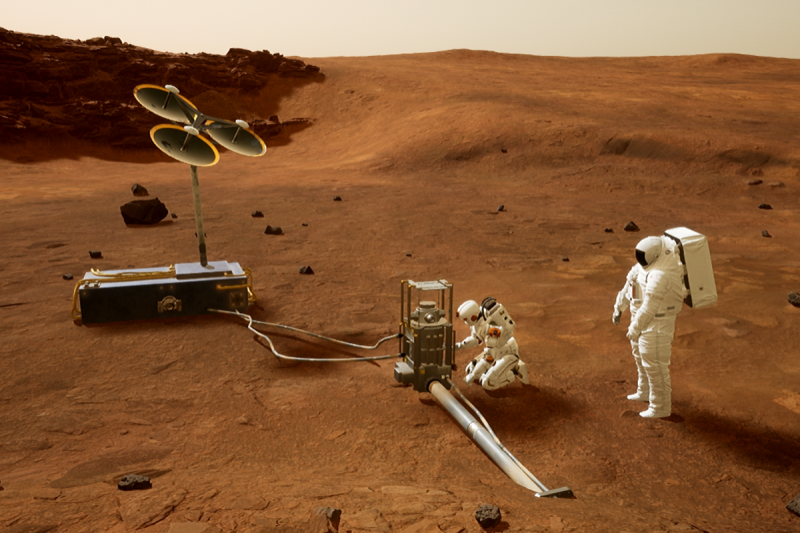
No matter your project or field of endeavor, simulation is a useful tool for finding out what you don't know. In many cases, problems or issues aren't obvious until you try and do something. Where doing that thing is expensive or difficult, a simulation can be a low-stakes way to find out some problems without huge costs or undue risks.
Going to Mars is about as difficult and expensive as it gets. Thus, it's unsurprising that NASA relies on simulations in planning its missions to the Red Planet. Now, the space agency is working to create a Mars sim in VR for training and assessment purposes. The best part is that you can help!
Why Simulate Mars?
 Sunset on Mars, as captured by NASA's Spirit rover in 2005. Even simple things like night and day are different on Mars compared to Earth, and could present complications to NASA's operations. Simulation will help find that out ahead of time. Credit: NASA, public domain
Sunset on Mars, as captured by NASA's Spirit rover in 2005. Even simple things like night and day are different on Mars compared to Earth, and could present complications to NASA's operations. Simulation will help find that out ahead of time. Credit: NASA, public domain
When it comes to things like rocket performance and calculating satellite trajectories, NASA is pretty well sorted when it comes to simulations. It's got crack teams of engineers and scientists that have spent decades improving these tools for the agency.
However, when it comes to putting astronauts on the surface of Mars, NASA doesn't really have a whole lot to go on. In future, astronauts could land on the planet, and be charged with a variety of tasks in the Martian environment. These could be as diverse as exploring on foot or on motorized conveyances, setting up permanent living facilities, or building and troubleshooting hardware to generate resources locally on the surface of Mars.
Humans have never undertaken any of these tasks before, and so it's difficult to know what challenges could be presented when future astronauts arrive on Mars. Ideally, we'd want a pretty good idea of what things will be like before astronauts are left to their own devices on a planet that's tens of millions of kilometers away. Getting to Mars and finding out your tools are too hard to use, or your living quarters are impractical, would be incredibly frustrating when it's too late to do anything about it.
It's Just Like Being There
Thus, a simulation is in order! The agency has done some of the ground work itself already, whipping up a Mars environment in Epic Games' Unreal Engine 5. Known as the Mars XR Operations Support System, the virtual environment simulates the conditions on the surface of Mars as they would be experienced by astronauts. The simulation is intended to be used with VR gear, to allow astronauts or others to feel and act as if they really are on the Red Planet.
Thus far, there's a simulated Martian day/night cycle with the appropriate sky conditions, along with the proper value for Martian gravity. There are working rovers, too, and changing weather conditions based on our best knowledge of Martian meteorology. The simulator includes a massive 400 km² (154 mile²) of terrain to traverse based on NASA's own research.
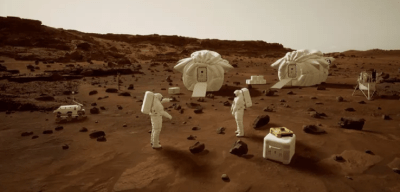 One of the challenge categories is "Set Up Camp." The intention is to create a simulation of setting up a Mars camp to see what challenges this might present to astronauts. Credit: NASA, public domain
One of the challenge categories is "Set Up Camp." The intention is to create a simulation of setting up a Mars camp to see what challenges this might present to astronauts. Credit: NASA, public domain
With all that done, NASA came to a new problem. The agency's Mars simulation is actually too accurate. Just like the planet itself, there isn't actually anything to do. This is where the public comes in. NASA has created the MarsXR Challenge, charging the public with the job of populating the Mars simulator with useful content. Naturally, the simulator needs to be filled with realistic assets and scenarios in order to be an effective training and investigative aid for NASA and its astronauts.
Seb Loze, Unreal Engine business director for simulations at Epic Games, notes the opportunity this affords those that get involved. “ Creators can use Unreal Engine to build realistic simulation scenarios to help prepare NASA for future missions, whether that’s to the moon or to Mars," said Loze, adding "Whether you’re a game designer, architect, hobbyist or rocket scientist, anyone can build with UE5, and we can’t wait to see the immersive simulations the community comes up with.”
 Astronauts famously used the Lunar Roving Vehicle to get around the Moon on later Apollo missions. We're sure few would pass up the chance to drive something similar on the surface of Mars. Credit: NASA, public domain
Astronauts famously used the Lunar Roving Vehicle to get around the Moon on later Apollo missions. We're sure few would pass up the chance to drive something similar on the surface of Mars. Credit: NASA, public domain
The competition is being hosted on crowdsourcing platform HeroX, which helps clients share projects with the broader public to find useful and unique solutions. As per the challenge website, there are five separate categories for competitors to get involved with. Four are task-oriented categories, including Set Up Camp, Scientific Research, Maintenance, and Exploration. The final category, Blow Our Minds, is an invitation for the creative and technically-adept to make something that simply impresses the judges beyond all expectation.
The challenge comes with a prize purse of $70,000, which will be shared across 20 individual prizes. Each category has four prizes, with the overall winner in each scoring $6,000 for their work. There's no need to limit yourself or your team, though. NASA welcomes multiple entries in multiple categories, and entrants are eligible for multiple prizes too.
You might have a great idea for a Martian medical simulation, or perhaps an exciting mission where astronauts drive out far into the red desert on something approximating the Lunar Roving Vehicle. Maybe you'd like to simulate a recovery operation to bring back the brave Spirit rover, which served with distinction and deserves to come home.
Whatever your ideas are, the submission deadline is July 27, 2022. Whip up an idea, put together your crew, and get to it!
#hackadaycolumns #space #mars #marsrover #nasa #simulation #simulator #virtualreality #vr
1 Shares
I’ve lately been enjoying a great series of #Science and #Education talks in #NeosVR
Past talks have been on topics such as an AI/VR bartender, Mushrooms wired with sensors to create music, and several “How we made it” talks from the recent Metaverse Makers competition!
You can view the recordings at The Metamovie https://www.youtube.com/c/TheMetaMovie/videos
As well as live on Twitch or in-person in NeosVR either using your HMD or plain old desktop.
The Metamovie itself is also pretty incredible.
Hope to see you at the next one!
#VR #VirtualReality #Metaverse
#Test de #LegendQuest - #Obligement
(Article écrit par Marc Lacombe et extrait de Tilt - juin 1992)
Pas besoin de voyager dans le temps pour voir les jeux du futur... Traversez simplement la Manche et vous les trouverez chez nos voisins britanniques ! Certes, les indigènes qui peuplent cette île mangent encore du veau bouilli à la gelée de menthe, mais leur avancée #technologique dans le domaine de "l'amusement" est fulgurante...
La réalité virtuelle
En effet, tandis que nos salles d'arcades parisiennes s'enorgueillissent de présenter l'énième course de motos "avec un vrai siège en plastique qui bouge", les salles britanniques proposent carrément, depuis quelques mois, des bornes d'arcades équipées pour vous plonger totalement dans la #RéalitéVirtuelle !
On vous en a déjà parlé, et vous devriez maintenant tous connaître la fameuse "visette" (Cyber Helmet). Rappelons que cet appareil est un drôle de casque bourré de capteurs, équipé d'un écran placé devant les yeux et d'écouteurs. Ce système permet au joueur de s'isoler totalement pour s'immerger dans un monde virtuel qu'il peut explorer du regard en bougeant simplement la tête, comme dans la réalité !
Grâce au Virtuality System de W Industries (à base d' #Amiga 3000), qui a eu la bonne idée de mettre cette technologie à la portée de nos misérables bourses (environ 5 FF la minute), on a pu voir pas mal d' #applications du #système, notamment des courses de stock-car, des #simulateurs de vol ou des batailles de robots géants, grâce auxquelles on atteignait déjà des sommets dans le domaine des sensations micro-ludiques...
http://obligement.free.fr/articles/legendquest.php
#VR #games #3D
